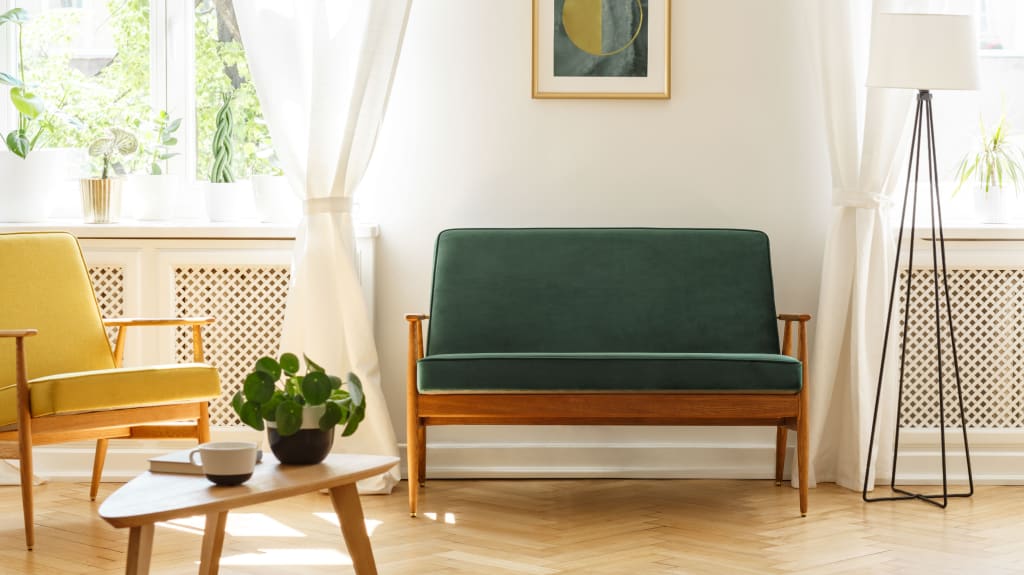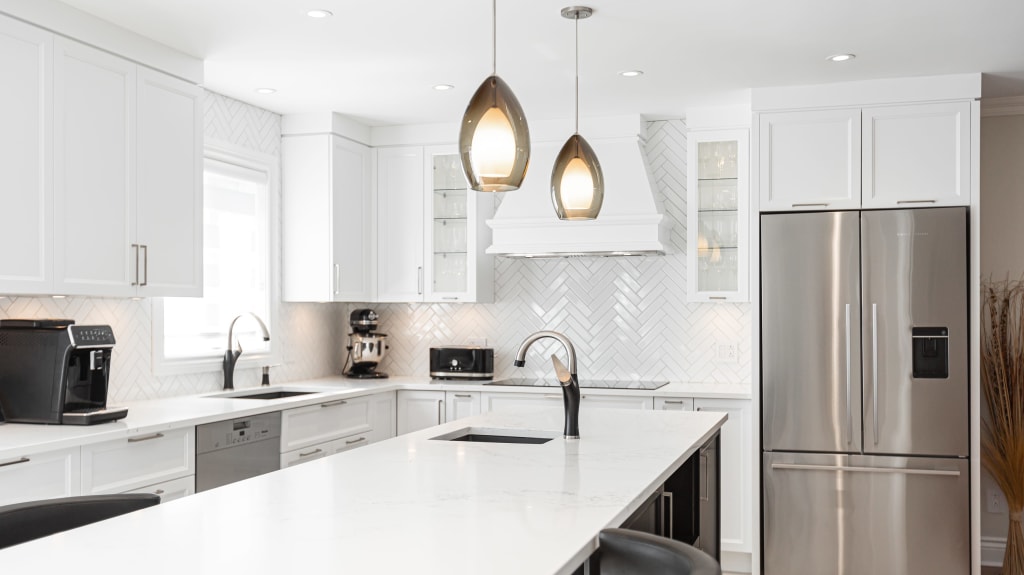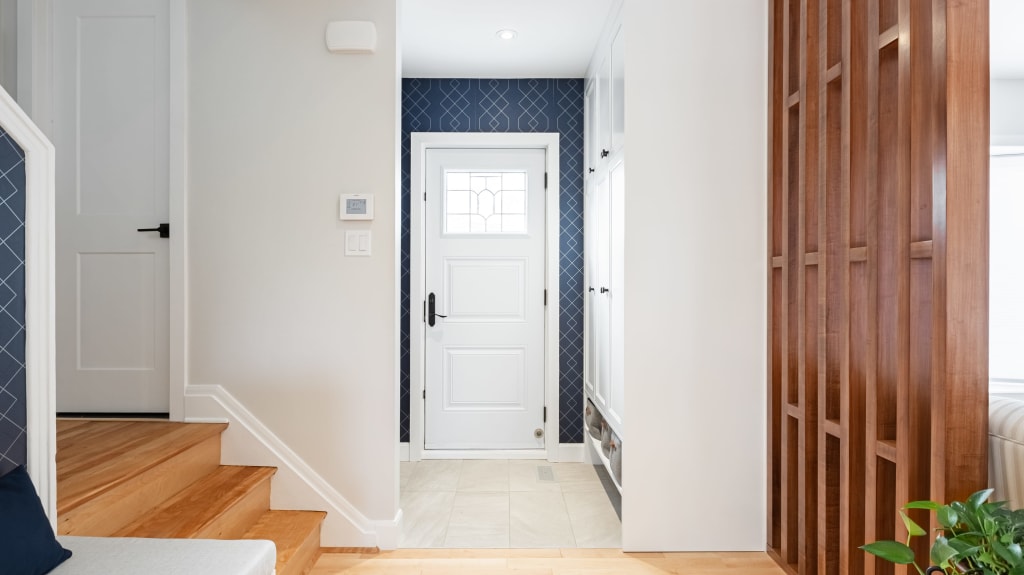Natural light improves your mood, makes rooms seem bigger, and it’s free. But we can’t just pick up our houses and turn them towards the sun, so we need to brighten them in other ways, without relying too much on artificial light. Read on to discover 8 clever ways to bring light into your home.
1. Trim trees and overgrown plants

Start in the garden: are there hedges or creepers obstructing your windows? You can spend a fortune redecorating and lighting the inside of your home, but if the sunlight is blocked from the outside, you’ll be wasting your time and money. Trim (or remove) any overgrown plants and replace them with low-lying shrubs and flowers. Natural light will pour in, and your curb appeal will also improve. Bonus!
2. Wash the windows

While you’re outside, clean all windows, eaves, and glass doors thoroughly. It might sound trivial, but it’s amazing how much sunlight will peak through if there’s no dust, spiderwebs, and grime covering them. Eaves also reflect natural light into your home, so grab a ladder and scrub them well. Finish by washing your windows from the inside.
3. Invest in a mirror or two

Mirrors not only make a room look bigger, they also amplify natural light. Place decorative mirrors across from the window and introduce other reflective items, such as shiny cabinets, metallic handles, sconces, pendants, and silver or gold picture frames, as they will bounce sunlight back into the space.
4. Move furniture away from the windows

Just as your windows should be open from overgrown plants outside, they should also be clear of furniture on the interior. Bulky objects near the window block light and make an area feel cramped, so use this opportunity to rethink the layout of each room in the house. Is there a better way to arrange things? Is there anything you can move or discard entirely? Reposition large items away from the window and the natural light will finally stream in.
5. Have multiple sources of light

Natural light is more affordable than electric light, but sometimes it’s necessary to have multiple sources, especially in the kitchen or home office. This is also true for awkward corners, hallways, and other dark areas where light from the windows don’t reach. Boost the brightness with standing and table lamps where possible and introduce stylish hanging pendants if your budget allows. Change to warm and cozy white LED lights and consider adding dimmer switches so you can control the flow of light throughout the day.
6. Stick to light-coloured décor

Lighter colours reflect sunlight while dark colours absorb it, so if you’re planning to replace some of your furniture soon (such as a sofa or rug), opt for choices on the paler side of the colour spectrum. This applies to anything that features a wood grain as well! You can always add colour with art, accent pieces, and accessories, but get bulkier items in neutral colours rather than dark and moody.
7. Opt for window dressings that let light in

Are your window dressings letting in as much light as possible? Sunlight is precious, especially in winter, and like bulky furniture, heavy drapes can make a room seem dark and cold. Swap them for light, sheer curtains or blinds that can be rolled up or opened easily. For those rooms where you need more privacy, try voile curtains you can pull back to let the warm glow of daylight stream in.
You may feel tempted to forgo window dressings in a dark space that gets barely any light, but feng shui consultant Sachiko Kiyooka advises against this.
“Bare windows might be nice in the day, but at night feel cold and unwelcoming. It's important to be able to ‘put a room to sleep’ by closing curtains or coverings. You’re essentially creating a cozy rest or sleep cocoon.”
– Sachiko Kiyooka
8. Paint the walls or ceiling a light shade

Painting can be pricey, but as a last resort, switching to a lighter shade on walls and ceilings will create the illusion of more space. Avoid bright white (as this can make a room seem cold and stark) and choose light, earthy, off-white tones. Even a light grey with a satin or semi-gloss topcoat will reflect and scatter light better than a dark room with several windows. Painting the ceiling a few shades lighter than the walls will also make the room appear taller and brighter.
EspaceProprio Tip If painting is beyond your means, limit the number of pictures on the walls of dark rooms and remove some furniture in crowded spaces.
Draw on our videos and podcasts for other inspiring ideas and tips.




